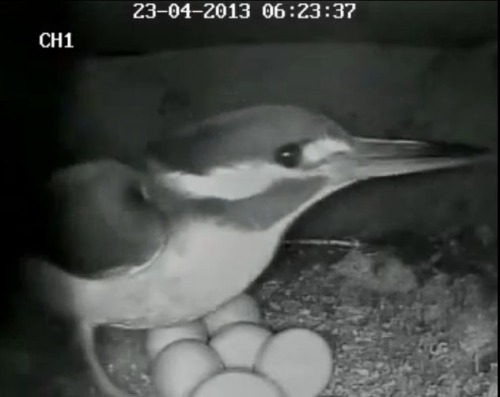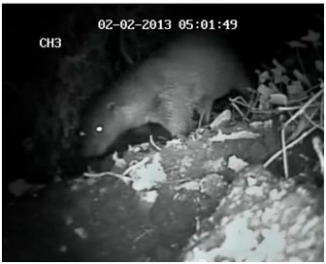Autumn has arrived at Winnall Moors, today the leaves are falling, as is the rain accompanied by a gusty wind however, it is still warm for the time of year. The Horse Chestnut trees in particular are loosing their leaves and have given the impression Autumn has been on its way since mid August with their leaves having started to turn a golden brown since the summer. This is caused by a the Horse Chestnut Leaf Miner, a type of moth larvae, that was first discovered in the UK in 2002 in Wimbledon, it has since spread far a wide across the UK. The adult moth lays its eggs on the leaves of the tree and the hatched caterpillars live inside the leave literally mining their way through the leaf to feed. While affected trees can look unsightly the activity of the moths does not appear to permanently damage the tree. There is no easy method to treat the trees however, it is hoped that British native species will adapt to take advantage of this abundant food source. On Winnall Moors I have observed Common Wasps cutting open Horse Chestnut leaves to feed on the leaf miner larvae and Blue Tits have also been seen to eat them. It is also hoped that native parasitic wasp species will adapt to predate the leaf miner larvae providing some measure of biological control.

Photo of leaf miner damage on Horse Chestnut Tree.
Today with the group, amongst discussing Autumn, we reviewed the success of the Kingfisher nesting over the summer watching some of the high-lights of our video footage. The third and final clutch of 6 young fledged successfully in September. That brings the total number for the nest to 15 fledglings over the season.
Two kingfisher chicks huddle together for warmth. These are the birds from the second brood with the un-hatched eggs visible beneath them.
A kingfisher chick is ringed to help obtain data on the species. The picture is out of focus as the camera flash was not used to reduce stress to the bird.
The wildlife cameras have now been re-deployed to capture otter activity over the winter, but they will be put back in place to record any Kingfisher nesting next year should they choose to use the same nest.






















